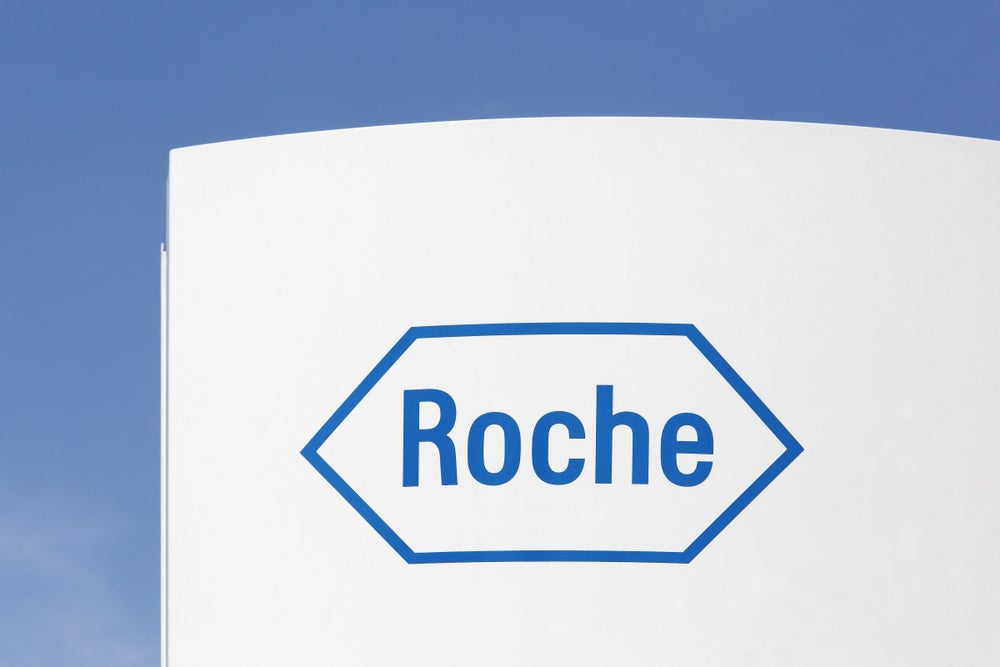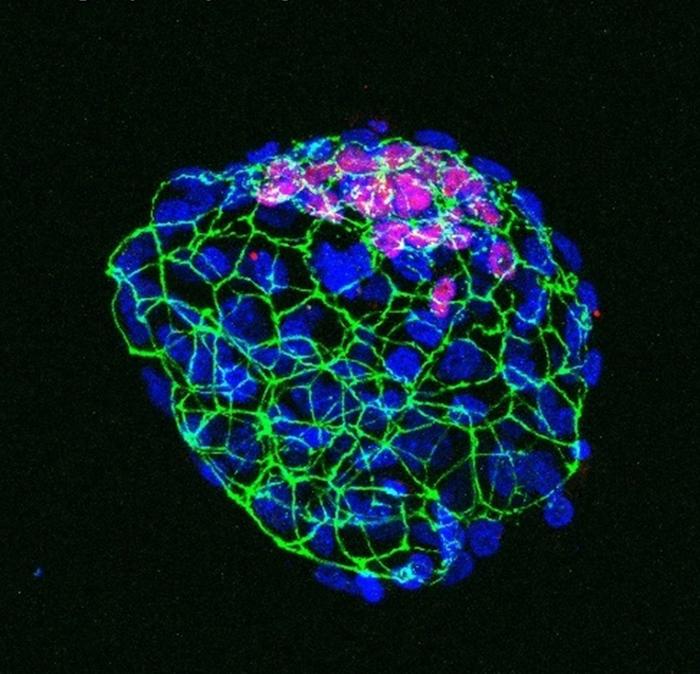Nanofluidic Patch Enables Battery-Free Organ Delivery
In a groundbreaking advancement poised to reshape the landscape of therapeutic delivery, researchers have unveiled a novel, battery-free nanofluidic intracellular delivery patch—dubbed NanoFLUID—designed specifically for precise, efficient payload delivery directly to internal organs. This innovative technology overcomes longstanding limitations associated with traditional systemic administration methods, providing unparalleled control over targeted treatment applications in vivo. By […]


In a groundbreaking advancement poised to reshape the landscape of therapeutic delivery, researchers have unveiled a novel, battery-free nanofluidic intracellular delivery patch—dubbed NanoFLUID—designed specifically for precise, efficient payload delivery directly to internal organs. This innovative technology overcomes longstanding limitations associated with traditional systemic administration methods, providing unparalleled control over targeted treatment applications in vivo. By leveraging a chipless, flexible design integrated with soft nanofluidic structures, the NanoFLUID patch offers a transformative approach to gene editing, cancer therapy, and regenerative medicine.
The complexity of delivering therapeutics such as nucleic acids, proteins, and gene-editing tools into specific internal organs has long posed a formidable challenge. Conventional methods largely depend on systemic circulation through the bloodstream, where off-target effects, systemic toxicity, and poor uptake efficiency often stymie therapeutic efficacy. The NanoFLUID patch circumvents these issues by integrating directly onto the organ surface, establishing a more direct and controlled interface that enhances intracellular delivery precision.
Central to the NanoFLUID’s functionality is its chipless architecture, which eschews bulky electronic components in favor of a thin, flexible platform comprising layered functional materials. This design flexibility allows the patch to conform seamlessly with the complex geometries of organs such as the liver, lungs, and tumors, minimizing tissue disruption and facilitating close contact necessary for effective payload transfer. Importantly, the elimination of rigid chips or batteries gives the system a lightweight and biocompatible profile amenable to prolonged implantation or repeated application.
At the heart of this device is a sophisticated nanopore-microchannel-microelectrode ensemble engineered to achieve controlled electroperforation of cell membranes. Unlike electroporation techniques requiring high voltages and causing extensive cell damage, the NanoFLUID operates under relatively low-amplitude electrical pulses around 20 volts. This refined electrical stimulation transiently perforates cellular membranes, enabling rapid intracellular payload entry without compromising viability. Remarkably, this electroperforation accelerates payload transport by approximately 100,000 times compared to passive diffusion, ensuring efficient delivery within minutes.
Extensive in vivo evaluations highlight the versatility and safety profile of the NanoFLUID patch across multiple therapeutic scenarios. In breast cancer models, application of the patch facilitated targeted gene transfection, enabling precise modulation of tumor cells while minimizing systemic exposure. Similarly, in liver injury models, the patch delivered reparative molecules directly to damaged tissues, significantly enhancing healing outcomes. These studies collectively demonstrate the patch’s potential as a robust platform for both preclinical research and clinical therapy.
An especially compelling application of the NanoFLUID involves functional genomics screening within living organisms. By delivering a comprehensive gene library directly into the tumor microenvironment, researchers performed in vivo transfection to identify critical drivers of metastasis. This approach led to the discovery of DUS2 as a pulmonary metastasis driver in breast cancer, illuminating novel biological pathways for targeted drug development. This capability to perform high-throughput, organ-specific genetic screens in situ provides a powerful tool to unravel disease mechanisms that would be challenging with systemic or ex vivo methods.
The battery-free feature of the NanoFLUID addresses a common limitation in implantable biomedical devices where power sources restrict size, flexibility, and implantation longevity. By harnessing external electrical stimuli and the device’s intrinsic nanofluidic architecture, therapeutic delivery is not only rendered wireless but also precisely controllable in temporal and spatial dimensions. Users can customize dosage, timing, and payload composition, adapting treatment regimens dynamically to patient needs or therapeutic feedback.
Further technical refinement has enabled the NanoFLUID to be manufactured from biocompatible materials ensuring minimal immune response and excellent mechanical durability within the harsh physiological environment. Its soft, stretchable layers endure organ movement and expansion without compromising the intimate interface with target cells. This durability is critical for chronic conditions requiring repeated or sustained drug administration, promising enhanced patient comfort and compliance.
Mechanistically, the nanopores within the patch act as conduits, guiding therapeutic molecules through microchannels positioned in close proximity to the target organ’s cell membranes. Coupled with microelectrodes strategically embedded to generate mild electric fields, this system facilitates the transient opening of membrane pores, allowing charged or neutral payloads to enter the cytoplasm effectively. This interplay of nanofluidics and bioelectronics represents a pioneering convergence of disciplines advancing precision medicine.
Beyond cancer therapy and tissue repair, the use-cases of NanoFLUID extend to rare genetic disorders amendable by in vivo gene editing techniques like CRISPR-Cas systems. The patch could serve as a local enhancer of gene-editing efficiency, mitigating systemic off-target effects and immune challenges that currently limit clinical adoption. Its chipless nature also simplifies regulatory pathways, potentially accelerating translational timelines.
Overall, the advent of the NanoFLUID patch heralds a new era of bioelectronic medicine, where therapeutic delivery is no longer constrained by systemic barriers, power budgets, or mechanical incompatibilities. By merging nanoengineering, fluid dynamics, and electrophysiology, this technology enables smart, safe, and selective intracellular access to organs previously out of reach. Such capability opens avenues for more personalized treatments, improved drug screening workflows, and deeper biological insights.
Moving forward, optimizing the NanoFLUID for human application will involve scaling manufacturing and conducting comprehensive safety and efficacy trials. Integration with existing implantable medical devices may also facilitate multi-modal therapies combining electrical, chemical, and biological interventions. Furthermore, coupling the patch with real-time biosensors could create closed-loop systems for responsive drug delivery, enhancing therapeutic precision.
In conclusion, the NanoFLUID patch embodies a leap forward for organ-targeted therapeutics, presenting an elegant, battery-free platform that drastically improves the rate and control of intracellular payload delivery. Its ability to deliver diverse biomolecules safely and efficiently positions it as a pivotal tool in the fight against cancer, genetic diseases, and acute organ injuries. By enabling detailed genetic interrogation in vivo and precise manipulation of tissue environments, NanoFLUID stands to revolutionize both treatment paradigms and fundamental biological research alike.
Subject of Research:
Targeted intracellular delivery systems; bioelectronic interfaces for internal organ therapeutics; nanofluidic drug delivery platforms.
Article Title:
A battery-free nanofluidic intracellular delivery patch for internal organs
Article References:
Yin, D., Wang, P., Hao, Y. et al. A battery-free nanofluidic intracellular delivery patch for internal organs. Nature (2025). https://doi.org/10.1038/s41586-025-08943-x
Image Credits:
AI Generated
Tags: battery-free drug deliverycancer therapy advancementsflexible medical devicesgene editing innovationsintracellular delivery systemsnanofluidic technologyorgan-specific drug administrationovercoming drug delivery challengesregenerative medicine techniquessoft nanofluidic structuressystemically targeted therapiestargeted therapeutic applications
What's Your Reaction?


































